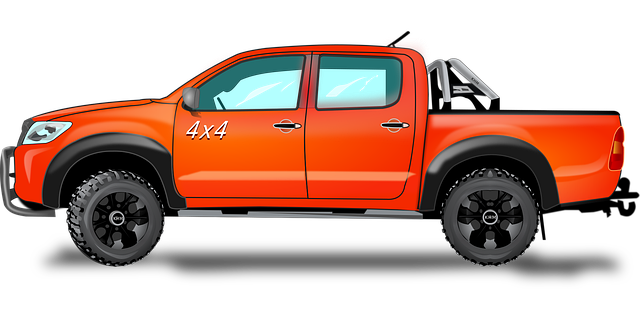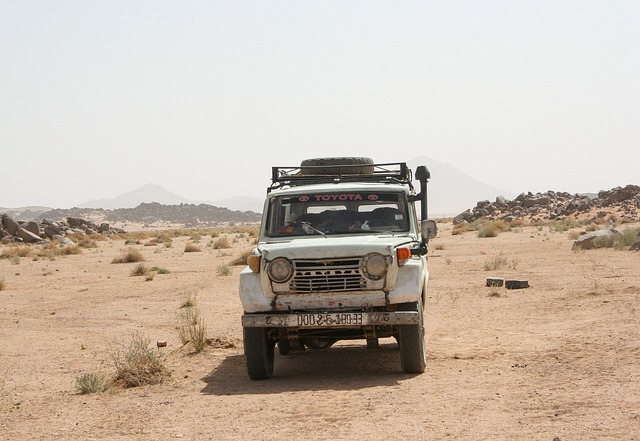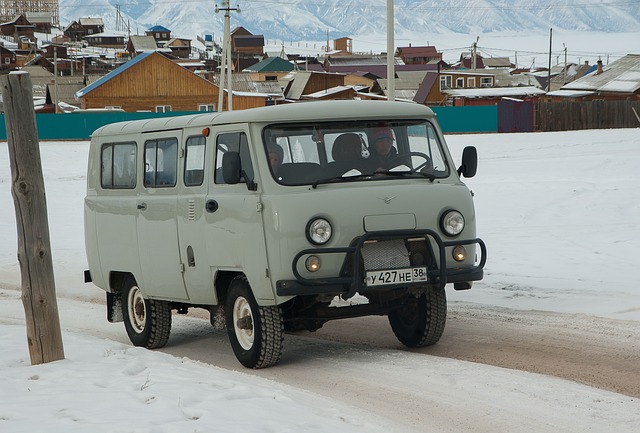Off-road enthusiasts in Edinburgh rely on Edinburg 4×4 parts for safe and effective recovery. Specialized recovery lines, including winches, tow ropes, and recovery strips, aid drivers navigating challenging terrains like mud, sand, or rocks. High-quality materials and proper selection based on winch capacity and terrain ensure these durable components enhance safety during off-road activities. Local 4×4 part stores stock essential recovery tools for quick roadside assistance in Edinburgh's vibrant off-roading community.
Recovery lines are essential tools for off-road enthusiasts, providing a safety net during challenging terrain. This article explores the critical role of these robust components in vehicle recovery. We begin by deciphering the definition and purpose of recovery lines, followed by an in-depth look at how Edinburg 4×4 parts contribute to efficient recovery operations. You’ll discover various types tailored for specific applications and learn best practices for selection and usage, ensuring a secure and successful rescue.
- Understanding Recovery Lines: Definition and Purpose
- The Role of Edinburg 4×4 Parts in Efficient Recovery
- Common Types of Recovery Lines and Their Applications
- Best Practices for Choosing and Using Recovery Lines
Understanding Recovery Lines: Definition and Purpose

Recovery lines, a critical component in off-road vehicles, are designed to aid in extricating a vehicle from challenging terrains. These specialized lines, typically made from robust materials, offer enhanced traction and support when navigating through mud, sand, or rocky surfaces. In the context of Edinburg 4×4 parts, understanding recovery lines is essential for enthusiasts and professionals alike who frequently tackle demanding off-road courses.
The primary purpose of these lines is to provide additional grip, enabling drivers to maneuver their vehicles out of difficult situations safely. By attaching them to the wheels or undercarriage, recovery lines distribute weight evenly, preventing wheel spin and facilitating movement across obstacles. This simple yet effective mechanism has become a staple in off-roading communities, ensuring that vehicles can be recovered promptly, minimizing damage, and maximizing safety during outdoor adventures.
The Role of Edinburg 4×4 Parts in Efficient Recovery

When it comes to efficient recovery, especially in challenging terrains, having reliable and high-quality components is paramount. This is where Edinburg 4×4 parts play a pivotal role. These specialized parts are designed to withstand extreme conditions, ensuring your vehicle’s performance and safety during rescue operations.
The market leader in off-road equipment, Edinburg 4×4 parts offer a wide range of durable solutions, from robust engines and transmissions to advanced suspension systems. Their commitment to quality and innovation ensures that recovery teams have access to cutting-edge technology, enabling them to navigate through the toughest of landscapes swiftly and effectively.
Common Types of Recovery Lines and Their Applications

In the world of off-road vehicles, particularly in Edinburgh where 4×4 enthusiasts are numerous, recovery lines play a pivotal role in ensuring safe and effective roadside assistance. Common types include winches, tow ropes, and recovery strips. Winches, powerful mechanical devices, are versatile tools capable of pulling or lifting stuck vehicles. They are invaluable for navigating challenging terrains and extracting vehicles from mud, sand, or snowy conditions, making them a staple in many Edinburgh 4×4 parts stores.
Tow ropes, another essential component, are designed for securing and towing vehicles. These robust lines come in various lengths and strengths, catering to different vehicle sizes and recovery scenarios. They are particularly useful when a vehicle needs to be towed to a nearby workshop or rescue point. Recovery strips, on the other hand, offer a flat surface for stable extraction, ideal for situations where a vehicle has tilted or is partially submerged, ensuring safe and controlled movement during recovery operations.
Best Practices for Choosing and Using Recovery Lines

When selecting recovery lines, it’s crucial to consider factors like durability, capacity, and compatibility with your vehicle. For those in Edinburgh seeking reliable 4×4 parts, opting for high-quality recovery lines designed specifically for off-road use is paramount. Look for products made from robust materials like steel or synthetic fiber, capable of handling extreme tensions without compromising strength or flexibility. Ensure the line’s diameter and construction align with your vehicle’s requirements, considering factors such as winch capacity and the type of terrain you’ll be navigating.
Proper usage involves regularly inspecting recovery lines for any signs of wear, damage, or fraying. Before deploying, verify that the line is securely fastened to both the winch and the recovery point on your vehicle. Maintain a safe distance between your rig and the obstacle, applying gradual and controlled tension to avoid sudden jerks that could cause damage. Regular maintenance, including cleaning and lubrication, extends the lifespan of these essential 4×4 parts, ensuring you’re prepared for any Edinburgh off-road adventure.
In conclusion, understanding the importance of recovery lines and selecting the right Edinburg 4×4 parts can significantly enhance off-road capabilities. By familiarizing yourself with different types and best practices, you’ll be well-equipped to handle various recovery scenarios safely and efficiently. The role of Edinburg 4×4 parts in this process is invaluable, ensuring your vehicles are prepared for any challenge.



